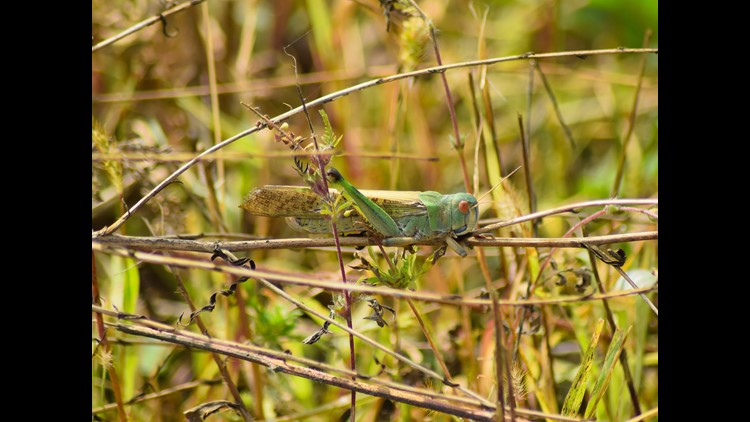(CNN) — The Horn of Africa has been hit by the worst invasion of desert locusts in 25 years, the UN’s Food and Agriculture Organization (FAO) said Friday.
The invasion poses an unprecedented threat to food security in the entire sub region, where more than 19 million people in East Africa are already experiencing a high degree of food insecurity, the agency said.
In Kenya, it is the worst invasion in 70 years, and the government is spending $5 million to manage the swarms of locust and prevent spreading.
Invasions of desert locusts are irregular in the region, the last instance occurred in 2007 at a much smaller scale.
“This current invasion of desert locust is significantly larger in magnitude and scale than previously experienced in Kenya and across East Africa,” said Dr. Stephen Njoka, the Director General of Desert Locust Control Organization.
Irregular weather and climate conditions in 2019, including heavy rains between October and December, are suspected to have contributed to the spread of locusts in the region.
A cyclone that swept through northeastern Somalia and eastern Ethiopia in December, bringing heavy rains to the area, created ideal conditions for the insects to breed for the next six months, said Keith Cressman, FAO’s senior locust forecasting officer.
Large swarm areas of northeastern Somalia and eastern Ethiopia are not being detected or treated, leaving the area vulnerable to new generations of locusts.
If locusts are left untreated by control measures, swarms can potentially grow 400 times larger by June, Cressman said.
Unexpected and unpredictable rainfall in northern Kenya that carried into January also continues to enable favorable breeding ground. As large swarms continue to move into Kenya and multiply, “you have a recipe for the situation to deteriorate further,” said Cressman.
“Under a worst-case scenario,” the invasion could become a plague if it is not contained quickly, the FAO said in a statement.
Emergency action plan
The locusts have already devastated large swaths of food and pasture in the region, but the extent of the damage cannot yet be determined since new swarms are spreading across borders everyday, said Njoka.
While Njoka remains positive the pesticides are working, the rapid and constant movement of the locusts makes it difficult to assess just how effective it has been.
The FAO has escalated the situation to the highest disaster level, leading the agency to put in place a six month emergency action plan and suggest it will take USD $70m to contain the swarms across the region.
The desert locust is the most destructive of all food-eating locust species because of its speed and ability to multiply rapidly. According to the FAO, the insects do not attack people or animals and there is no evidence they carry diseases that can harm humans.
Desert locusts swarms can stay in the air for very long periods of time, traveling up 80 miles or more a day, the FAO said.
A swarm can vary from one square kilometer to several hundred square kilometers with up to 80 million adult locusts in each square kilometer of a swarm.
A swarm the size of Paris can devour as much food as half the population of France, according to the FAO.



